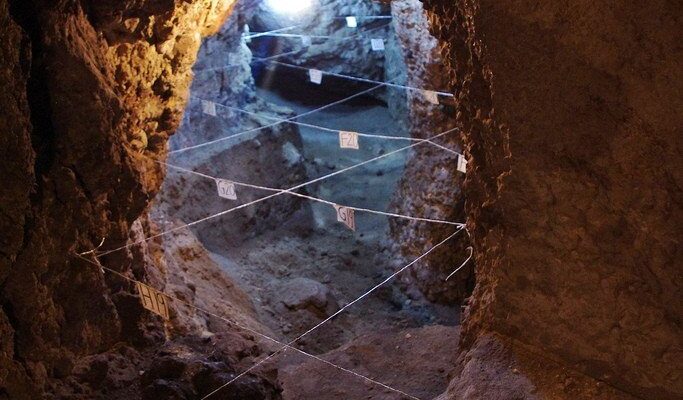Areni Cave (Armenian Արենիի քարանձավ)
Areni Cave is a complex of caves located near the village of Areni in the Vayotsdzor region in southern Armenia. In the cave, located at an altitude of about 1080 meters above sea level, researchers discovered several cultural layers, including a Copper Stone Age (Chalcolithic) complex with mud-brick structures dating back to 4200-3500 BC. The earliest cultural layer dates to the 6th to 5th millennia BC, and the latest to the 12th to 14th centuries.
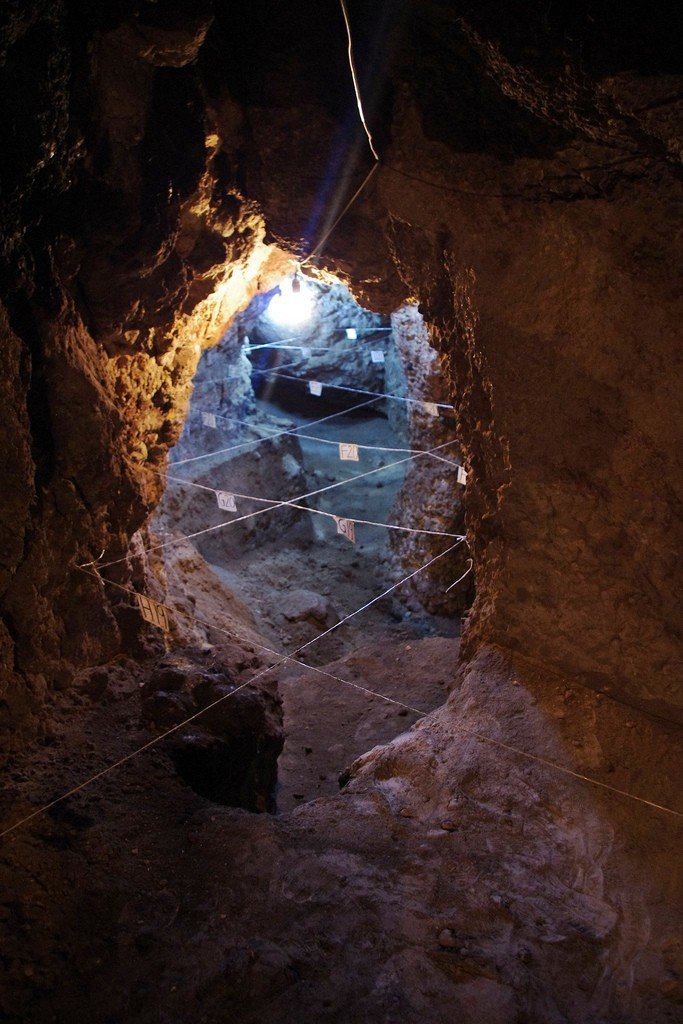
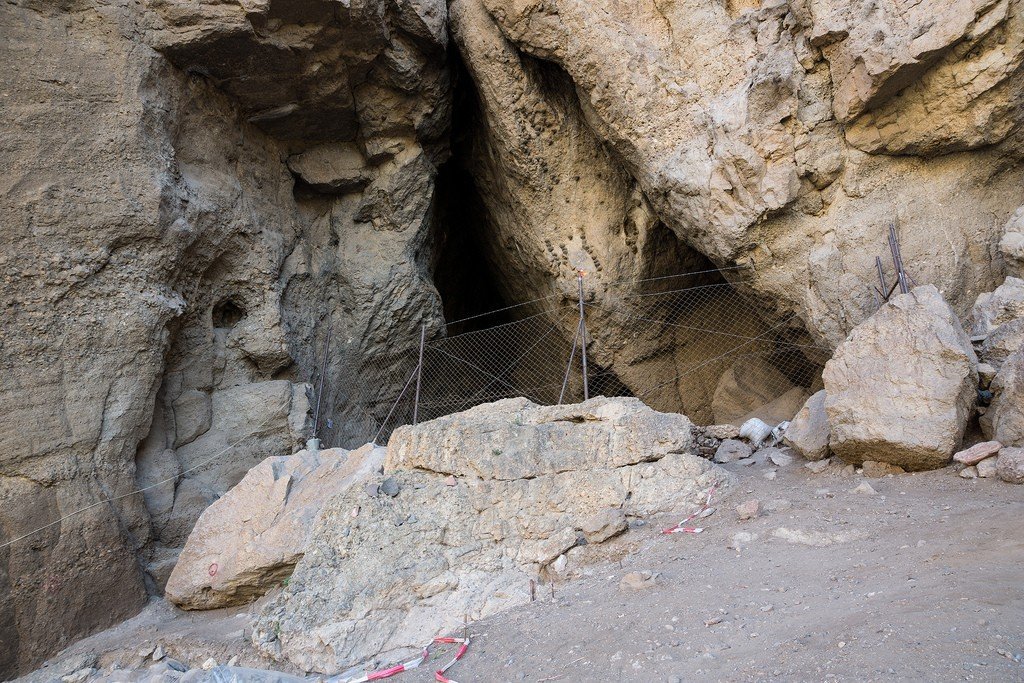
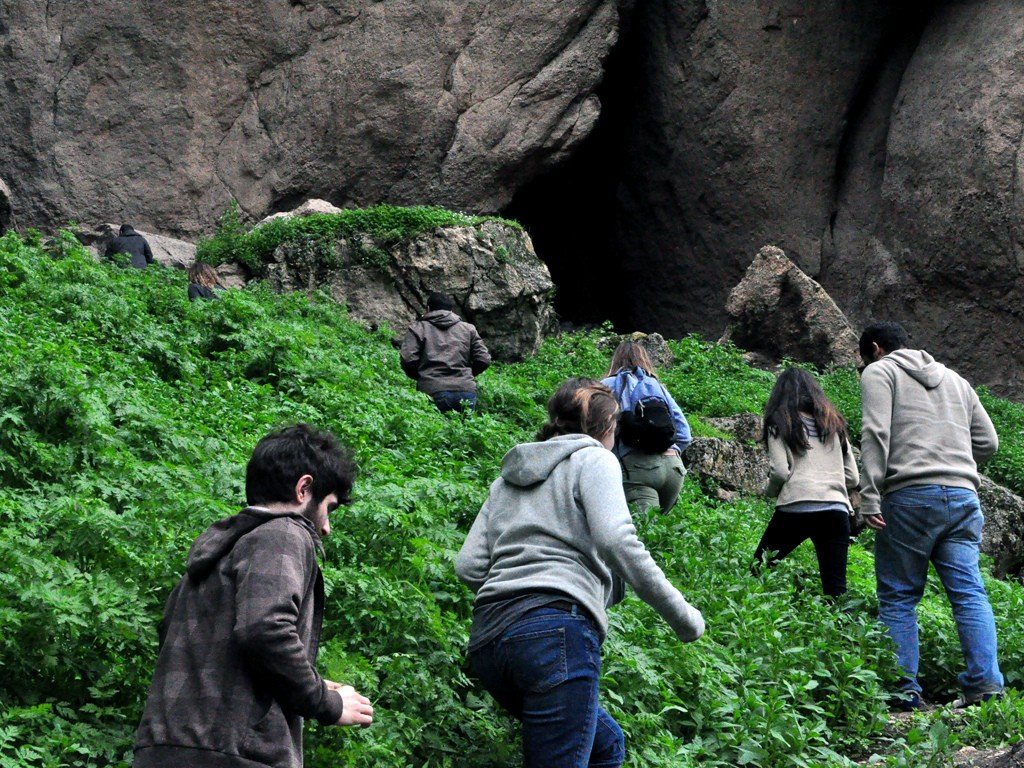
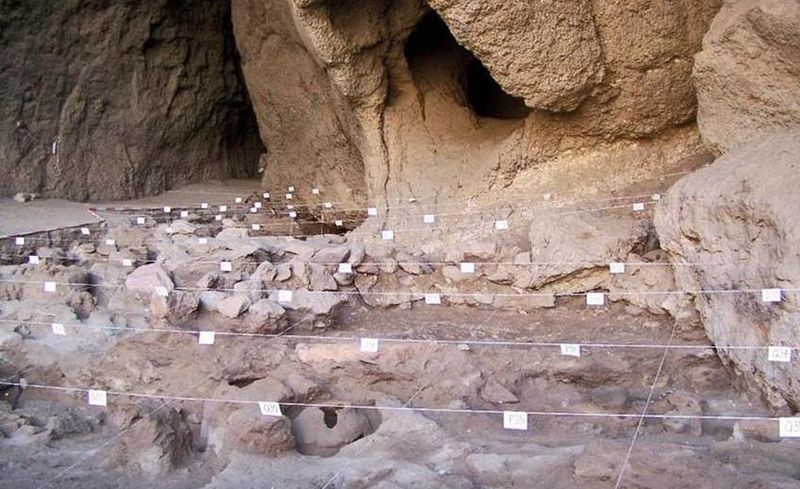
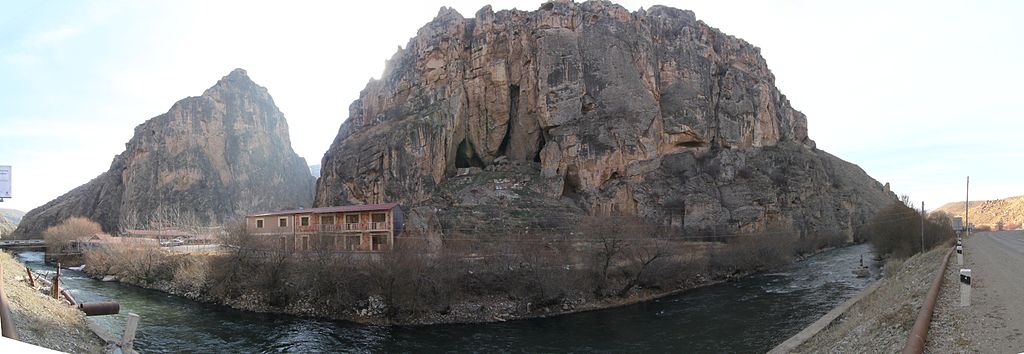
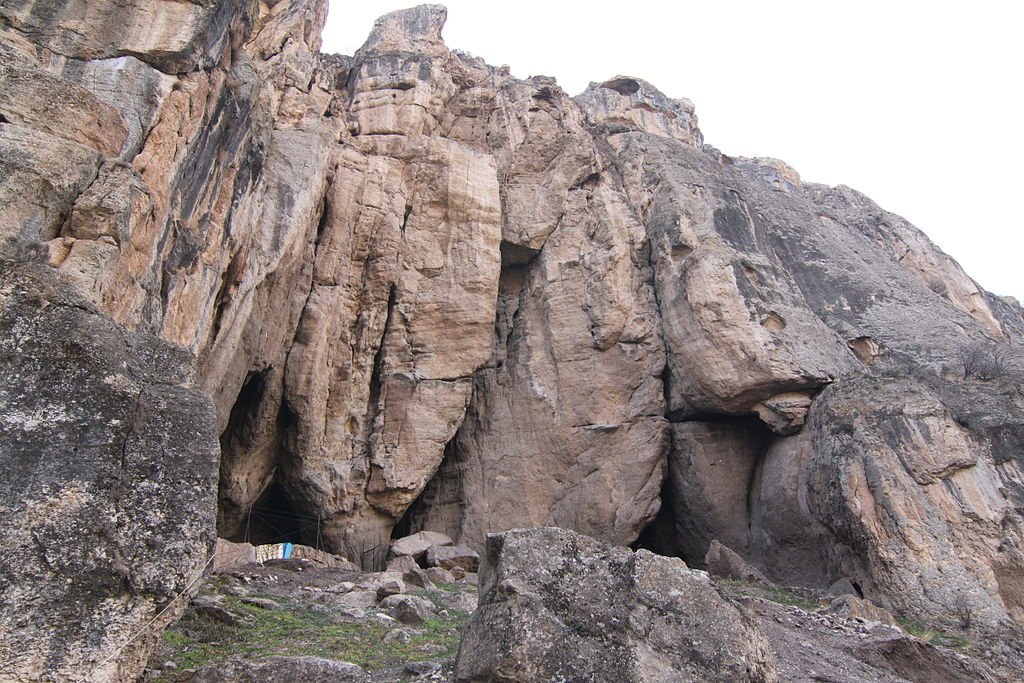
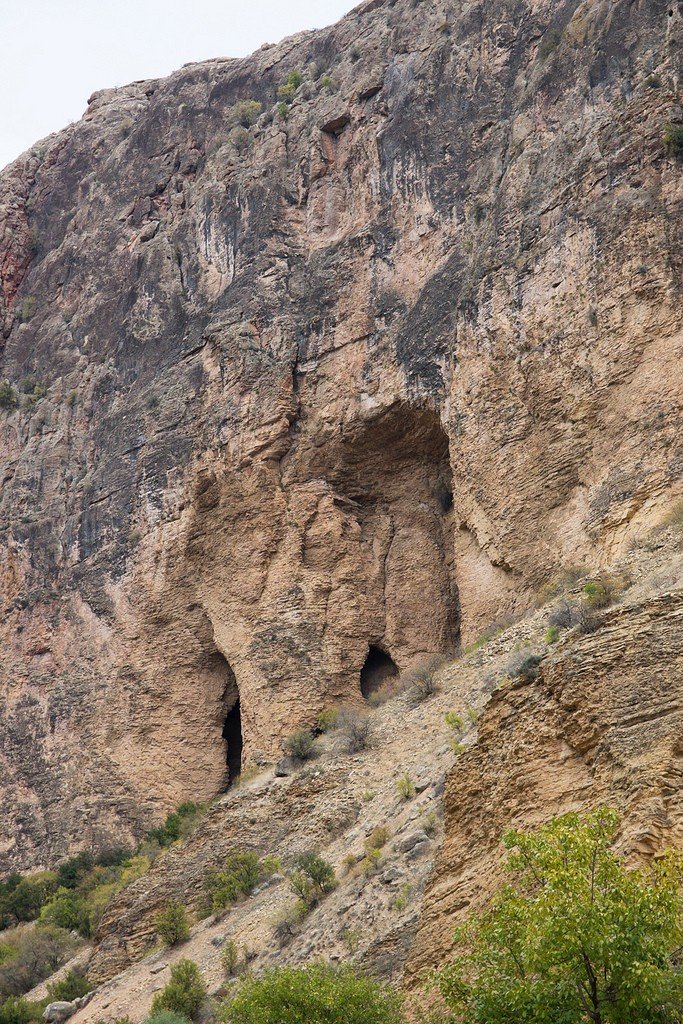
Location and structure of the cave
Areni Karst Cave, also known as Bird Cave, is located in southeastern Armenia in Vayotsdzor region, 12 km from the town of Yeghegnadzor. The cave, consisting of three halls, is located in the limestone rock formations of the Arpa River valley.
The entrance to the cave is a narrow crevice in the rocky limestone formations of the left bank of the Arpa River. Opposite the cave there is a rocky cliff that closes the horizon. The ascent to the cave from the highway on a steep slope is 30-35 m. The area of the cave is according to different data from 400 to more than 600 square meters, from it depart to the sides of several compartments or galleries.
.
Inside the monument, vaults covered with black overhang from above. There are many corridors and passages in the cave, which were partly laid down in antiquity.
.
History
In ancient times, the cave was a significant settlement of Vayots Dzor gavar of Syunik Ashkhar of Greater Armenia. It was mentioned by the 5th century historian Yeghishe Areni under the name of Arpanyal, Arpunyal, (Arbanyal). The settlement was a road military point and a junction blocking the gorge that connected the Sharur plain with Vayots Dzor. It had trade links with various territories throughout the Middle East, as evidenced by the four types of pottery found in the cave, only one of which is considered to be locally produced. On the nearby hills (Amagou Gorge) there was a fortress and castle in ancient times, the ruins of which have survived to this day.
The cave was discovered by a researcher of the Institute of Archaeology and Ethnography of NAS RA, archaeologist Boris Gasparyan, there were many bird nests in the cave, due to which the cave was given the alternative name – Bird’s cave. Not far away there is a restaurant, which at the expense of the cave was decided to expand it and build a new hall in it. However, soon after the expansion began, the owner of the restaurant died. Locals say that the spirits of the cave did not like the explosions organized for the expansion and took the soul of the careless builder with them deep into the mountain.Since 2007, the cave has been explored by more than 12 archaeological institutes from 9 countries.
.Excavations
Archaeological works in the cave have been conducted since 2007, the expedition is led by Boris Gasparyan (Armenia), Gregory Areshian (USA) and Ron Pinhasi (Ireland). Scientists from the Institute of Archaeology and Ethnography of the Armenian Academy of Sciences, the Lloyd Cotsen Institute of California, the University College of Cork, University of Ireland, the University of Connecticut (UConn, USA), and the Universities of Haifa and Tel Aviv (Israel) are taking part in the excavations.
.As a result of preliminary reconnaissance it was possible to establish that the cave has at least 5-6 layers of the Eneolithic era, more than four meters deep (radiocarbon dates range from 4300-3500 BC). At the entrance to the cave, on an area of 85 m², excavations revealed the remains of dwellings paved with a courtyard and earthen structures. At the rear of the cave, a storage area of 40 m² was discovered with food storage vessels and circular clay structures for production purposes buried in sediments.
.
The ceramics discovered by the archaeologists are similar to the ware of the first phase of the Kura-Arak culture, similar to the artifacts found during the excavations of other Armenian monuments such as Talin and Elar. Techno-typological differences in the ceramics of these two chronologically different layers suggest the possibility of two early (4000-3700 BC) and late (3600-3500 BC) phases in the Late Chalcolithic of the South Caucasus. Finding ceramics with technical and technological features repeating the Eneolithic ware, and with forms close to the samples of Kura-Arak culture ceramics in the excavated layers (the number of such samples increases in the first horizon), suggests the origin of Kura-Arak culture ceramics from the Eneolithic.
.The findings made in the cave testify to the birth of civilization in the territory of modern Armenia 800 years earlier than previously thought, that is, at about the same time as in the territories of southern Iran. Thanks to the same excavations it was possible to establish that the Maikop culture and the Kura-Araxes culture appeared and spread 1000 years earlier than previously believed in scientific circles.
.Interesting facts
- After numerous publications in the media about the findings and the course of excavations on the famous cave fell unprecedented popularity, which almost cost the “life” of ancient household items. The archaeological expedition was very much hampered by tourists who, without permission, entered the cave without even thinking about the fact that they could break something. As a result, it was decided to close the entrance to the cave after the completion of the excavations.
- Archaeologists from different countries have been talking about the excavations in the Areni cave during scientific conferences for many years. Information about the excavations is published in the form of articles or interviews by magazines and newspapers, but the world’s attention to the cave increased after the American TV channel National Geographic prepared a special report on June 9, 2010, dedicated to its unique historical treasure.
